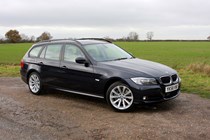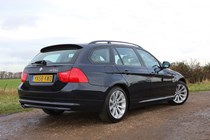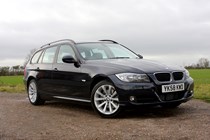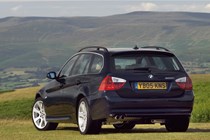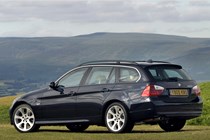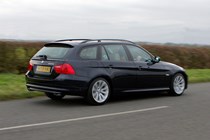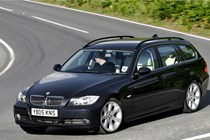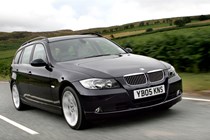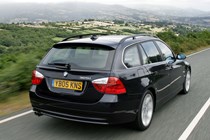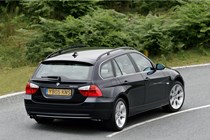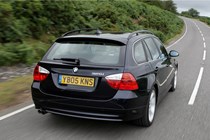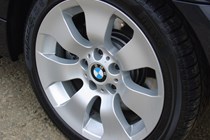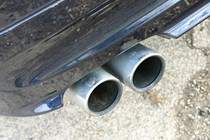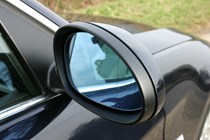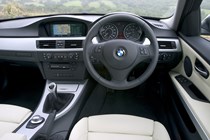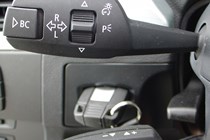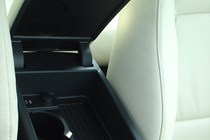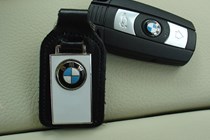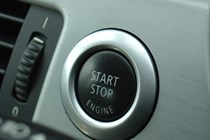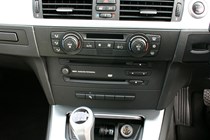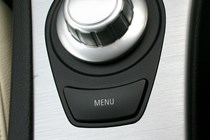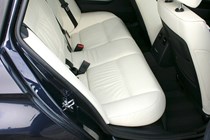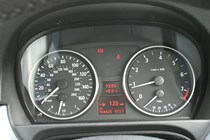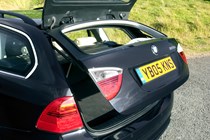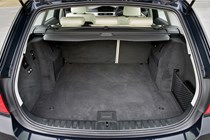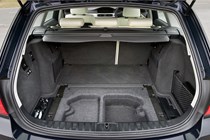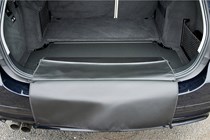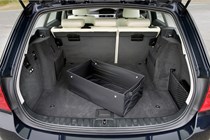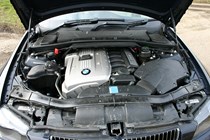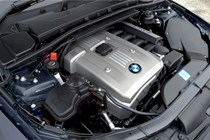
BMW 3-Series Touring (2005-2012) engines, drive and performance
The 3-Series Touring is available with a wide choice of excellent engines, offering everything from fuel sipping economy to storming performance. When the model was launched just two engines were offered – a 320d and a 325i, with the 320i, 330i and 330d being introduced a few months later. Performance was strong and all manual versions covered the 0-62 benchmark in 9.0 seconds or less.
The best of this bunch is the superb 330d which has huge amounts of pulling power while a frugal but surprisingly swift 318d model was introduced in March 2006 along with the 318i. In September the same year the 325d and 335d (both using the same 3.0-litre engine) were added and the latter is stormingly quick with a 0-62mph time of just 6.2 seconds.
At the same time the quickest engine in the line up was introduced – the mighty 335i. This 3.0-litre engine uses two turbos to deliver an immense 306bhp, huge amounts of grunt and a 0-62mph time of 5.7 seconds – this is the closest you’ll get to an M3 Touring. In September 2007 the engine range was overhauled with the Efficient Dynamics program and as well as improvements in fuel economy and emissions, power outputs also increased.
The popular 318i, 318d and 320d models saw some of the most improved figures. The 318i received an extra 14bhp, up from 129hp, but economy is even better at 48mpg. The 318d and 320d are similarly impressive – the former has power boosted to 143hp, while fuel consumption improves to 60mpg. The 320d’s output rises from 163hp to 177hp while fuel consumption improves to 59mpg.
With excellent weight distribution and rear-wheel drive, the 3-Series Touring feels perfectly balanced when being driven on challenging roads, responding instantly to steering inputs. There’s limited body roll and from behind the wheel it feels very similar to the saloon version. The suspension has been designed to suit the firmer sidewalls of run-flat tyres (which are fitted as standard) and this allows the driver to feel the surface of the road, however the ride is a little on the firm side which is especially evident on poor road surfaces.
But the BMW is a rewarding car to drive and provides excellent traction out of slow corners, feeling reassuringly planted to the road in the process.



